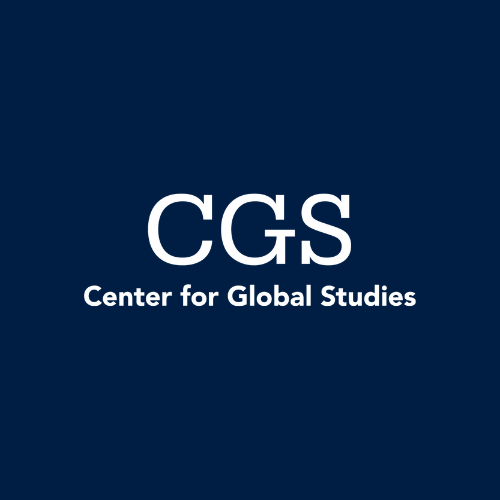CGS Brown Bag Lecture Series
Alexander McAllister, Penn State
In an increasingly interconnected world, contact with dialects other than our own is widespread. In recognizing these dialects, perceivers are highly sensitive to variation in sound categories. The process in which a perceiver adapts to a novel production of a sound category is typically described as perceptual learning (Norris et al., 2003), a process in which atypical sounds in the speech of an unfamiliar talker are “mapped” onto familiar ones. Generalizing this learning from one speaker to another has been found to be elusive. Perceivers are quite capable of adapting to idiosyncratic speech, but less so at learning to correlate such variation to groups of speakers.
In this talk, McAllister asks whether the dialectal makeup of a speech community affects the generalization process in perceptual learning. He hypothesizes that experience with greater dialect diversity will lead listeners to consider the possibility that unfamiliar sound features produced by speakers belong to a previously unencountered dialect variety. He will present preliminary findings from a perceptual learning paradigm task in which participants were exposed to two speakers producing a nonce Spanish dialect, being trained in one voice and tested in the other. Participants come from Spanish speaking populations from two US institutions (Penn State and UC Riverside). At Penn State, Spanish speakers regularly encounter dialects of Spanish other than their own, whereas those from UC Riverside do not. These two speech groups thus represent relatively heterogeneous and homogeneous dialectal speech communities, and are hypothesized to differ in how they treat variation.
If the dialectal makeup of the speech community impacts how atypical sounds are processed, the undergraduate participants from Penn State should extend their adaptation to the first talker when they begin hearing the second talker. At Riverside, I predict that participants will be less likely to expect that the second talker will share the same novel phonetic features with the first talker, but rather treat them as a new, unfamiliar talker.

Occurrences
-
Wednesday, November 7, 2018, 12:15 p.m.–1:15 p.m.